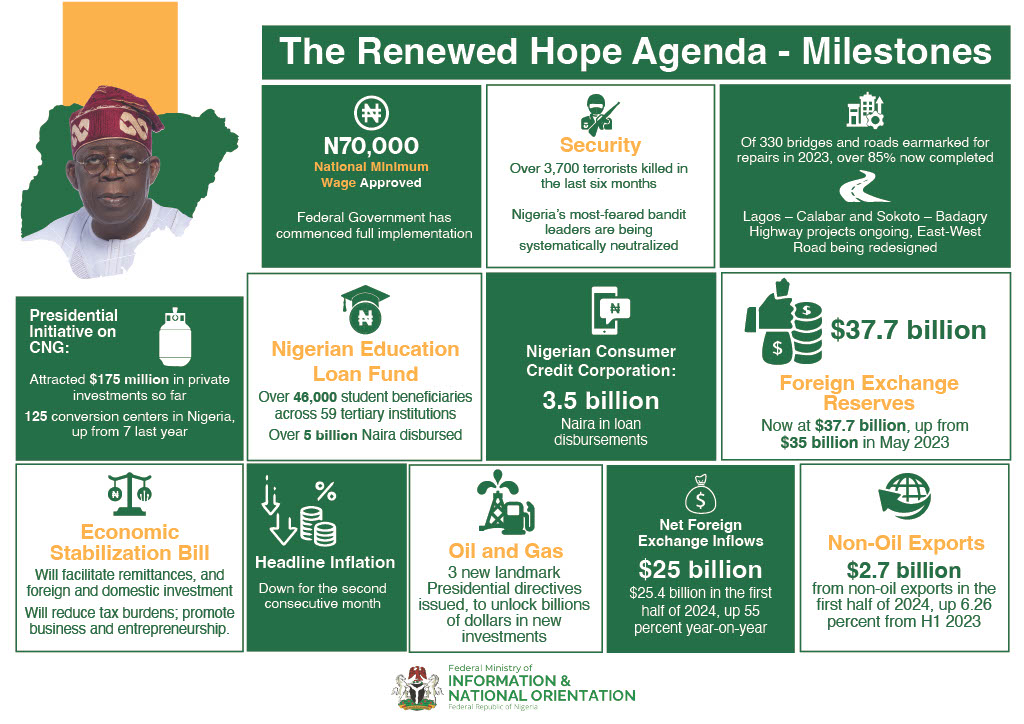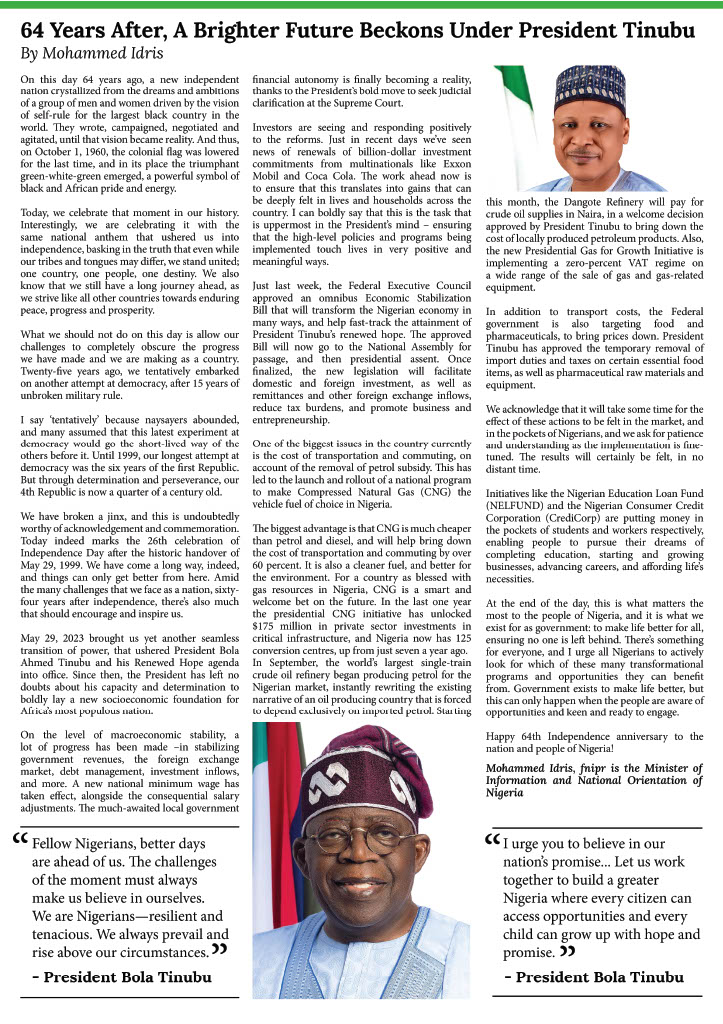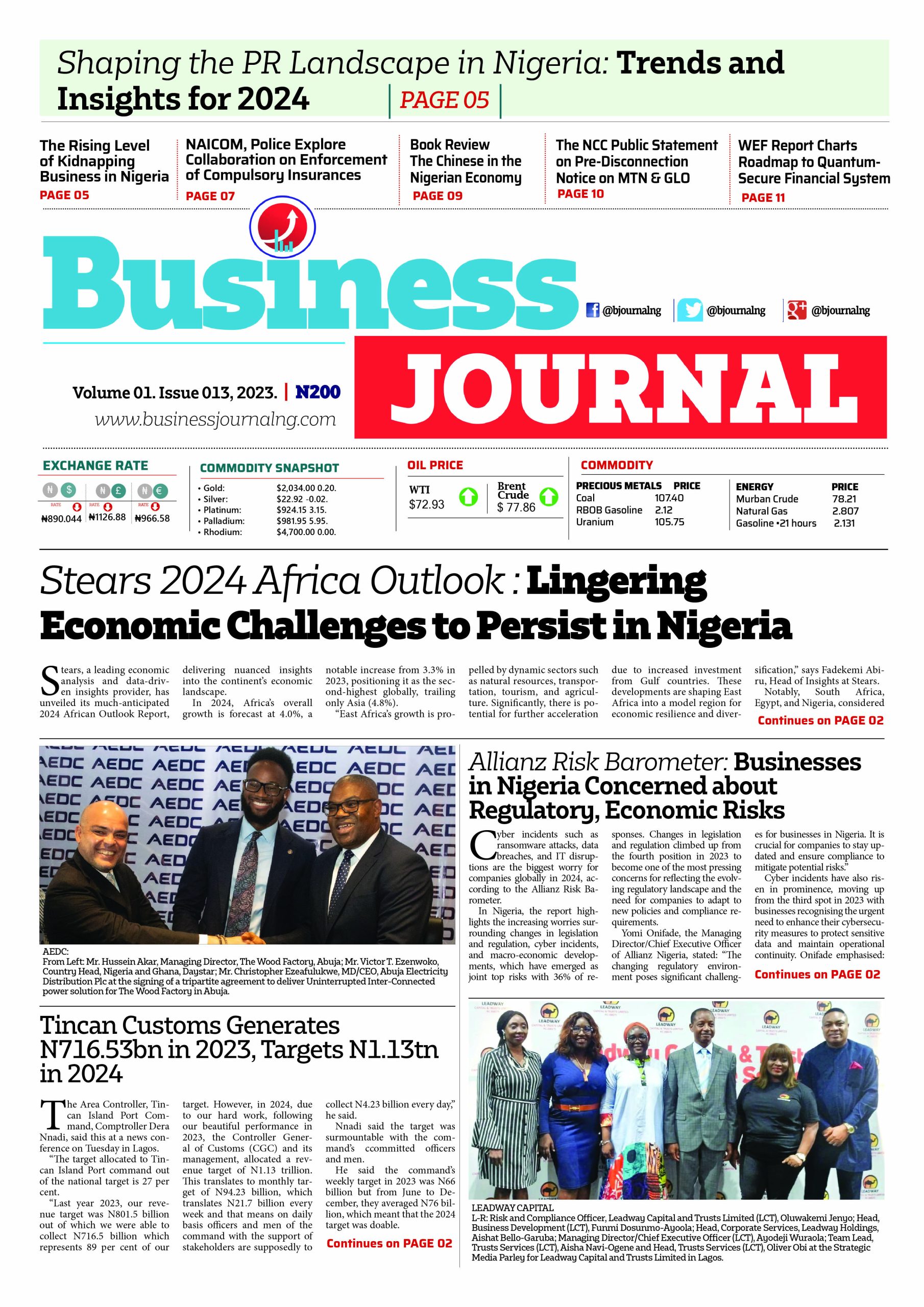Enron is a company that reached dramatic heights, only to face a dizzying collapse. The story ends with the bankruptcy of one of America’s largest corporations.
Enron’s collapse affected the lives of thousands of employees, many pension funds and shook Wall Street to its very core. To this day, many wonder how a company so big and so powerful disappeared almost overnight. How did it manage to fool the regulators and the Wall Street community for so long, with fake off-the-books corporations?
What is the overall lasting impact that Enron has had on the investment community and the country in general?Collapse of a Wall Street DarlingBy the fall of 2000, Enron was starting to crumble under its own weight. CEO Jeffrey Skilling had a way of hiding the financial losses of the trading business and other operations of the company; it was called mark-to-market accounting.
This is used in the trading of securities, when you determine what the actual value of the security is at the moment. This can work well for securities, but it can be disastrous for other businesses.In Enron’s case, the company would build an asset, such as a power plant, and immediately claim the projected profit on its books, even though it hadn’t made one dime from it. If the revenue from the power plant was less than the projected amount, instead of taking the loss, the company would then transfer these assets to an off-the-books corporation, where the loss would go unreported.
This type of accounting created the attitude that the company did not need profits, and that, by using the mark-to-market method, Enron could basically write off any loss without hurting the company’s bottom line. Part of the reason the company was able to pull off its shady business for so long, is that Skilling also competed with the top Wall Street firms for the best business school graduates, and would shower them with luxuries and corporate benefits.
One of Skilling’s top recruits was Andrew Fastow, who joined the company in 1990. Fastow was the CFO of Enron until the SEC started investigating his role in the scandal.Fraud: What Was the Scheme?
The mark-to-market practice led to schemes that were designed to hide the losses and make the company appear to be more profitable than it really was. In order to cope with the mounting losses, Andrew Fastow, a rising star who was promoted to CFO in 1998, came up with a devious plan to make the company appear to be in great shape, despite the fact that many of its subsidiaries were losing money.
That scheme was achieved through the use of special purpose entities (SPE). An SPE could be used to hide any assets that were losing money or business ventures that had gone under; this would keep the failed assets off of the company’s books. In return, the company would issue to the investors of the SPE, shares of Enron’s common stock, to compensate them for the losses. This game couldn’t go on forever, however, and by April 2001, many analysts started to question the transparency of Enron’s earnings.
The Shock Felt Around Wall StreetBy the summer of 2001, Enron was in a free fall. CEO Ken Lay had retired in February, turning over the position to Skilling, and that August, Jeff Skilling resigned as CEO for “personal reasons.”
By October 16, the company reported its first quarterly loss and closed its “Raptor” SPE, so that it would not have to distribute 58 million shares of stock, which would further reduce earnings. This action caught the attention of the SEC. A few days later, Enron changed pension plan administrators, basically forbidding employees from selling their shares, for at least 30 days.
Shortly after, the SEC announced it was investigating Enron and the SPEs created by Fastow. Fastow was fired from the company that day.
In addition, the company restated earnings going back to 1997. Enron had losses of $591 million and had $628 million in debt, by the end of 2000.
The final blow was dealt when Dynegy, a company that had previously announced would merge with the Enron, backed out of its offer on
November 28. By December 2, 2001, Enron had filed for bankruptcy. Lasting EffectsEnron shows us what a company and its leadership are capable of, when they are obsessed with making profits at any cost.
One of Enron’s lasting effects was the creation of the Sarbanes-Oxley Act of 2002, which tightened disclosure and increased the penalties for financial manipulation.
Courtesy: Investopedia










